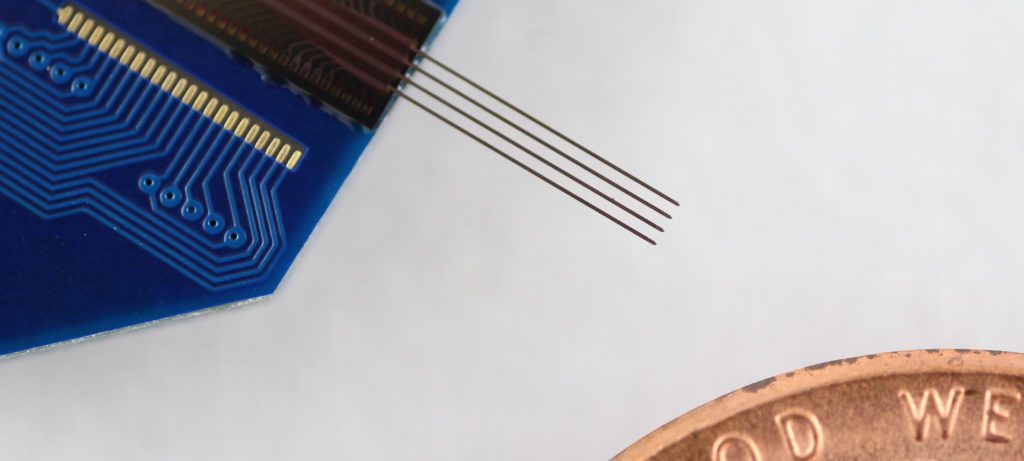Predictive model could help care providers stay safe, anticipate patient needs.
The post Faster than COVID: a computer model that predicts the disease’s next move appeared first on Michigan Engineering News.
Predictive model could help care providers stay safe, anticipate patient needs.
The post Faster than COVID: a computer model that predicts the disease’s next move appeared first on Michigan Engineering News.
Part of the team that brought us the world’s smallest computer in 2015 brings the future of computing technology into the present.
The post Battery-free sensor startup takes aim at industrial efficiency appeared first on Michigan Engineering News.
Is there a way to get biofuels right?
The post We’re doing ethanol wrong appeared first on Michigan Engineering News.
U-M startup says robotic food deliveries have quadrupled.
The post Delivery robots help Ann Arbor restaurants weather COVID appeared first on Michigan Engineering News.
Faculty project takes innovative approach to improving student learning.
The post Engineering faculty among Provost’s Teaching Innovative Prizes appeared first on Michigan Engineering News.
Mower Provost talks about getting awards, doing industry research, understanding human behavior – and Star Wars.

It will now be possible to study brain activity when timing is important, such as the consolidation of memory.
Magnetic flux findings suggest “profound consequences for basic solar processes.”
The post Switchbacks and spikes: Parker Solar Probe data consistent with 20-year-old theory appeared first on Michigan Engineering News.

A major defense project pivots to explore how to encourage COVID-safe behavior effectively.
The algorithm can pick out weak signals from nuclear weapons materials, hidden in ordinary radiation sources like fertilizer.
The post Catching nuclear smugglers: fast algorithm could enable cost-effective detectors at borders appeared first on Michigan Engineering News.